The Measure of Malice: Scientific Detection Stories (British Library Crime Classics)
£2.80
Forensic dentistry; precise examination of ballistics; an expertise in apiology to identify the exact bee which killed the victim?
The detective’s role may be simple; solve the case and catch the culprit, but when the crime is fiendishly well-executed the application of the scientific method may be the only answer.
The detectives in this collection are masters of scientific deduction, employing principles of chemistry, the latest technological innovations and an irresistible logical brilliance in their pursuit of justice. With stories by early masters in the field such as Arthur Conan Doyle and L. T. Meade alongside fine-tuned mysteries from the likes of Edmund Crispin and Dorothy L. Sayers, The Measure of Malice collects tales of rational thinking to prove the power of the brain over villainous deeds.
The detective’s role may be simple; solve the case and catch the culprit, but when the crime is fiendishly well-executed the application of the scientific method may be the only answer.
The detectives in this collection are masters of scientific deduction, employing principles of chemistry, the latest technological innovations and an irresistible logical brilliance in their pursuit of justice. With stories by early masters in the field such as Arthur Conan Doyle and L. T. Meade alongside fine-tuned mysteries from the likes of Edmund Crispin and Dorothy L. Sayers, The Measure of Malice collects tales of rational thinking to prove the power of the brain over villainous deeds.
Read more
Additional information
| Publisher | British Library Publishing (10 Sept. 2019) |
|---|---|
| Language | English |
| File size | 6209 KB |
| Text-to-Speech | Enabled |
| Screen Reader | Supported |
| Enhanced typesetting | Enabled |
| X-Ray | Enabled |
| Word Wise | Enabled |
| Sticky notes | On Kindle Scribe |
| Print length | 338 pages |

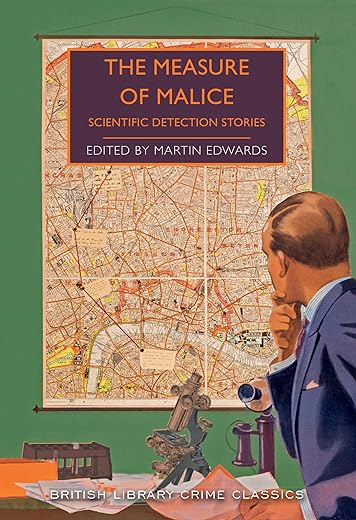

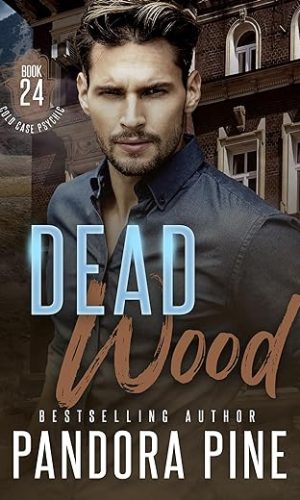
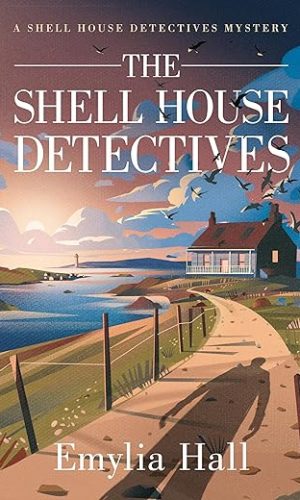
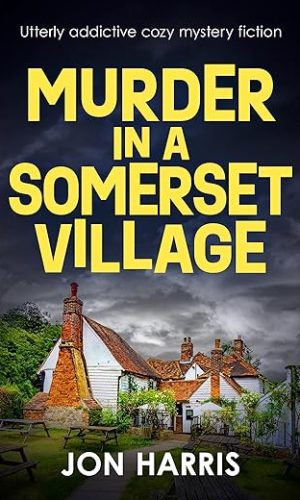

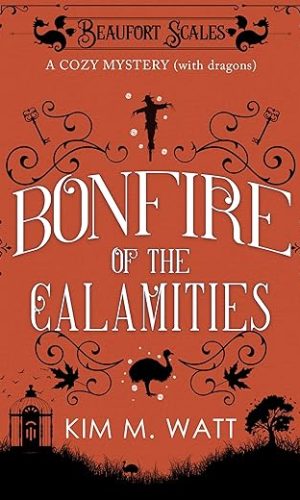
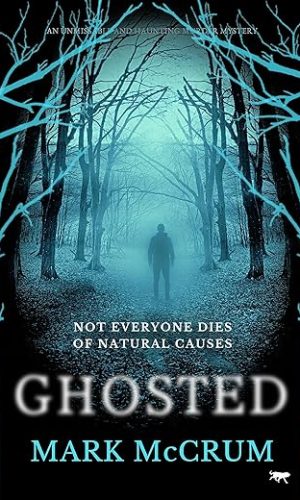
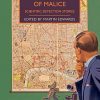
by Mr. A.J. PENDLEBURY
Overall I think 3.5 stars would be fairer. I cannot improve upon the first review..it lists the stories and I share all the reservations. Whilst the selection is quite interesting ,I didn’t feel that the scientific constraints helped in the short story format .
Many of the stories have been anthologised many times ( Sayers/Wynn/Rhode/Freeman/Doyle…) so for me there were few exciting discoveries. Above all ,and unlike nearly most of the other anthologies , there wasn’t a stand out story worth the price of the book alone. Still a pleasant read and as ever some interesting introductions from Martin Edwards.
by Briar
Love these books, especially when there are a few stories in one book.
by Criticus
If you like old-fashioned short crime stories, this is for you. No gold medals, except for Sherlock Holmes, but all diverting.
by Exec52
Nice selection of stories easy read in lockdown
by John Owen
A collection of intriguing crime stories from the late 19th century to the mid 20th century, with interesting biographical details about each author.
by ceric7
14 stories, linked by the authors’ use of scientific and technical know-how, with a general Introduction and individual notes by Martin Edwards.
This is a solid collection without any absolute duds, but I found it rather unexciting.
Here, as usual with my reviews of BLCC anthologies, are some thoughts on the selection:-
The Boscombe Valley Mystery: A Conan Doyle (1891) The solution turns on footprints and cigar ash, a rat , a vanished grey cloth, the direction of a wound, and the word ”Cooee”, a nice combination of physical and linguistic evidence.
The Horror of Studley Grange: L T Meade and Clifford Halifax (1894) Horror/detective in which there is a ghostly apparition, but no real crime. The editor gives rather too much information in the introductory note.
The Tragedy of a Third Smoker: C J Cutcliffe Hyne (1898) A QC turns detective. Here the shape of wound is the clue. Ingenious. A new author to me.
The Man who Disappeared: L T Meade and Robert Eustace (1901)-Scientific explanation of a complete disappearance.
The Cyprian Bees: Anthony Wynne (1924) Dr Hailey in a case where bees are used for murder.
The English Filter: C E Bechhofer Roberts (1926) Strange combination of knowledge of an ancient game, and out-of-date pseudo science (optography), used to solve an “impossible” murder. Another author I had not encountered previously.
The Contents of a Mare’s Nest: R Austin Freeman (1927) Dr Thorndyke investigates the possibility of a murder, but only the cremated remains are available for examination.
After Death the Doctor: JJ Connington (1934) A scientific instrument is the key to the solution in a story by one of my GA favourites.
The Broken Toad: H C Bailey (1934)- A poisoned police constable and more in a Reggie Fortune story which was better than most I have read.
In the Teeth of the Evidence: DL Sayers (1939) Forensic dentistry, and references to two real 1930s cases involving Rouse and Furnace, are of interest here.
The Case of the Chemist in the Cupboard: Ernest Dudley (1943) Dr Morelle and Miss Frayle spot a murderer. Slight but mildly interesting.
The Purple Line: John Rhode (1950) Somewhat predictable and solved by observant Inspector looking at barograph chart. (This story was reprinted as recently as 2018).
Blood Sport: Edmund Crispin (1954) Very short but effective tale solved by knowledge and lack of knowledge of ballistics.
The New Cement: F W Crofts (1955) Inspector French prevents murder through his expertise in chemistry.
Although I do not find this “scientific” type of detective story generally appealing, the selection was sufficiently varied to hold my attention. The choice of 4 from before 1920 and 4 from after 1940, with 6 from the Golden Age, gave a neat balance to the collection.
by Kindle Customer
A pleasant collection of old style detective stories. Well written and making an enjoyable read. Great read for lovers of Golden Age style detective fiction.
by michael gardner
very good value. fourteen stories. logical deductions, makes your brain work. can recommend.